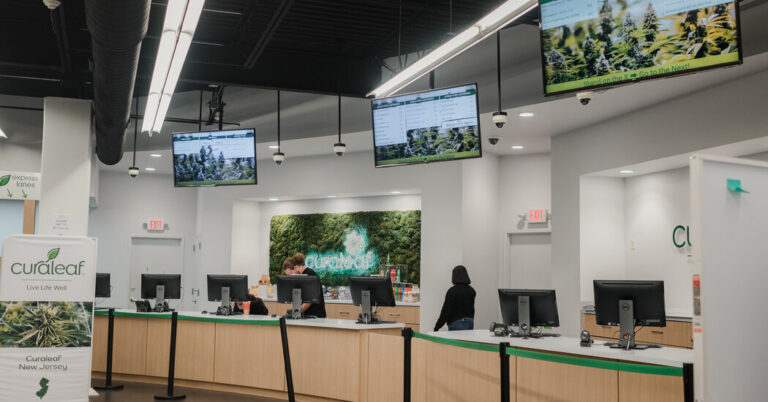Fed Chair Powell Still Expects to Cut Rates This Year, but Not Yet
Jerome H. Powell, the chair of the Federal Reserve, said on Wednesday that he thinks the central bank will begin to lower borrowing costs in 2024 but that policymakers still needed to gain “greater confidence” that inflation was conquered before making a move.
“We believe that our policy rate is likely at its peak for this tightening cycle,” Mr. Powell said in remarks prepared for testimony before the House Financial Services Committee. “If the economy evolves broadly as expected, it will likely be appropriate to begin dialing back policy restraint at some point this year.”
The Fed next meets on March 19-20, but few investors expect officials to lower interest rates at that gathering. Markets see the Fed’s June meeting as a more likely candidate for the first rate cut, and are betting that central bankers could lower borrowing costs three or four times by the end of the year.
The Fed chair warned against cutting rates too early — before inflation is sufficiently snuffed out — noting that “reducing policy restraint too soon or too much could result in a reversal of progress we have seen in inflation and ultimately require even tighter policy.”
He also acknowledged that there could be risks to waiting too long, adding that “reducing policy restraint too late or too little could unduly weaken economic activity and employment.”
Mr. Powell and his colleagues are trying to strike a delicate balance as they figure out their next policy steps. Policymakers raised interest rates rapidly between March 2022 and July 2023, lifting them to a range of 5.25 to 5.5 percent, where they currently sit. That has made mortgages, business loans and other types of borrowing more expensive, helping to tap the brakes on an economy that otherwise retains substantial momentum.
Policymakers do not want to leave interest rates this high for too long. Cooling the economy by more than is necessary could push up unemployment.
But they also want to avoid declaring victory too early. While inflation has come down notably, it is still lingering above the Fed’s 2 percent goal.
The central bank’s preferred inflation measure climbed 2.4 percent on an annual basis in January, which is well below its nearly 7 percent peak. The measure rose by 2.8 percent after stripping out volatile food and fuel prices for a clearer reading of the inflation trend. (A separate but related inflation measure, the Consumer Price Index, reached a higher peak in 2022 and remains slightly more elevated.)
So far, the progress in cooling has come even as the job market has remained strong, with solid hiring and joblessness hovering at 3.7 percent, a low level by historical standards.
Inflation “has eased substantially, and the slowing in inflation has occurred without a significant increase in unemployment,” Mr. Powell said.
Fed officials are hopeful that their policy is helping to bring the economy back into balance, so that price increases can return entirely to a normal level. For instance, the number of job openings has come down over the past year, and as companies compete less aggressively for employees, wage growth is cooling. That could leave firms with less impetus to ratchet up prices to cover climbing costs.
Mr. Powell noted that in the labor market, “supply and demand conditions have continued to come into better balance.”
Check out our Latest News and Follow us at Facebook
Original Source







